
India’s iconic nuclear tests at Pokhran in 1998, codenamed Operation Shakti, remain a testament to meticulous planning, secrecy, and determination. Central to this historic achievement were two stalwarts: Dr. Rajagopala Chidambaram and Dr. A.P.J. Abdul Kalam. The tests not only marked India’s emergence as a nuclear power but also revealed remarkable anecdotes of ingenuity and commitment.
Key Highlights:
- Wedding Venue as a Secret Boardroom:
During Dr. Chidambaram’s daughter’s wedding, he and Dr. Kalam secretly discussed final preparations for the nuclear test in a quiet room away from the celebrations. Guests were unaware of the covert meeting taking place amidst the rituals. - Ingenious Secrecy Measures:
Pokhran-II’s success hinged on outmaneuvering U.S. satellites. The operation was shrouded in secrecy, with codewords like “apple cartons” representing nuclear devices. Preparations were timed to avoid satellite surveillance, showcasing strategic brilliance. - The Legacy of Pokhran-II:
Conducted in May 1998, these tests propelled India into the league of nuclear powers. Code-named Operation Shakti, the tests involved hydrogen and fission bombs. They symbolized India’s resolve to achieve self-reliance in defense.
Curious Question:
How did India outwit sophisticated American satellite technology during the Pokhran-II nuclear tests?
Conclusion:
The Pokhran-II nuclear tests underscore the significance of strategic planning, scientific excellence, and unwavering leadership. They remain an unforgettable chapter in India’s history, marked by courage, collaboration, and ingenuity.
This narrative exemplifies how ordinary settings like a wedding can transform into pivotal moments in history, blending personal and national commitments seamlessly.

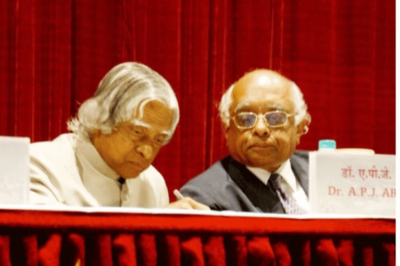






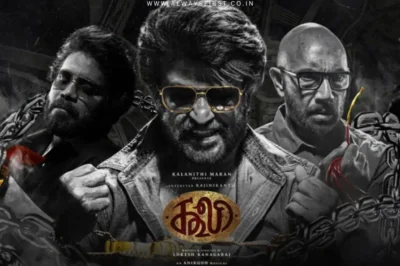




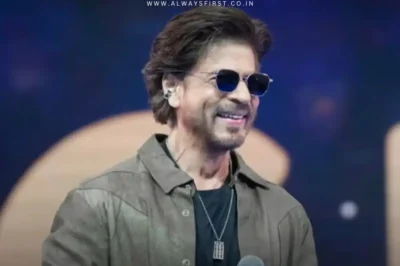


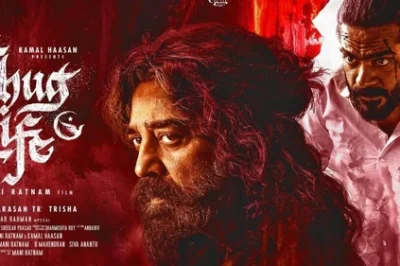






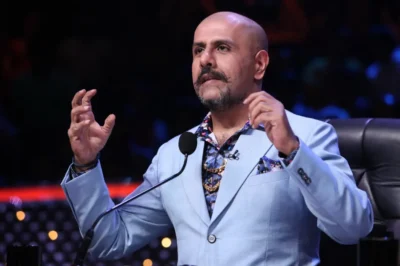

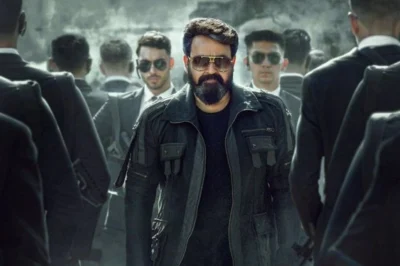

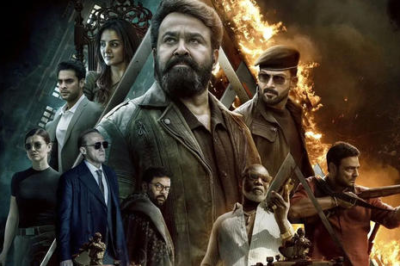


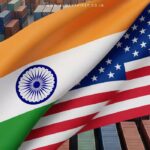


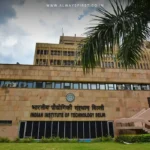
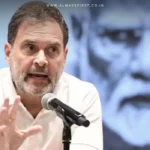

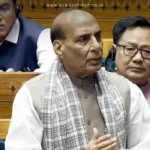

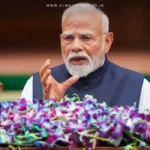
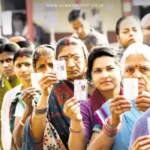
Leave a Reply